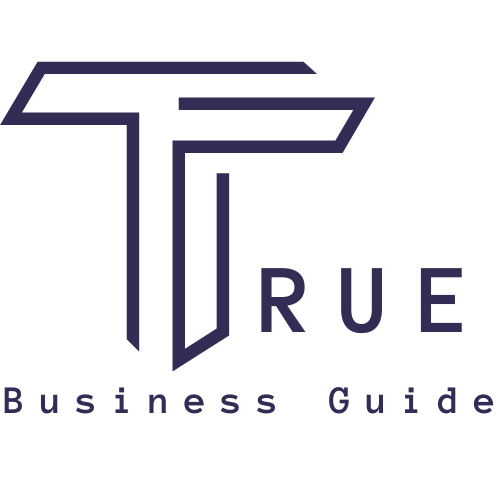
Concrete Resurfacing
As time passes, concrete surfaces can become worn, damaged, or simply outdated. Concrete resurfacing is a cost-effective and environmentally friendly way to restore and enhance the beauty of these surfaces without the need for complete replacement. This comprehensive guide from True Business Guide aims to give homeowners in Arizona an in-depth understanding of concrete resurfacing, exploring its advantages and the steps a licensed contractor would follow to carry out this project effectively.
Concrete resurfacing involves applying a thin layer of a concrete-based overlay to a pre-existing concrete surface. This process not only repairs damage but also rejuvenates the look of the concrete. Here are the advantages and the process involved:
Pros of Concrete Resurfacing:
1. Cost-Effective: Compared to complete replacement, resurfacing is a more affordable way to repair and upgrade your concrete surfaces.
2. Quick and Easy: The process of resurfacing is quicker and less disruptive than tearing out and replacing existing concrete.
3. Versatility: Resurfacing materials are available in various colors and patterns, allowing you to customize the look of your concrete surface to match your home's style.
4. Durable and Long-Lasting: High-quality resurfacing products can withstand harsh weather conditions, wear and tear, and even resist oil and grease stains.
5. Environmentally Friendly: Resurfacing extends the life of existing concrete, reducing the waste associated with concrete removal and disposal.
How a Licensed Contractor Would Resurface Concrete:
The concrete resurfacing process is a multi-step endeavor that requires a combination of expertise, precision, and high-quality materials:
1. Inspection and Cleaning: The contractor first assesses the existing concrete to determine if it's a good candidate for resurfacing. Then, they thoroughly clean the surface, removing any dirt, oil, or existing loose material.
2. Repairing Damage: Any cracks or significant damage are repaired to ensure the new overlay adheres properly.
3. Preparing the Surface: A special bonding agent may be applied to help the new concrete adhere to the old surface.
4. Mixing and Applying the Overlay: The concrete overlay mix is prepared according to the manufacturer's instructions and applied to the surface. This can be done using a variety of tools, such as a trowel, squeegee, or sprayer, depending on the desired finish.
5. Texturing and Decorating: While the overlay is still wet, the contractor might add texture or decorative elements, such as stamping or staining.
6. Curing: The overlay is allowed to cure for the recommended time before being sealed to protect it from damage and discoloration.
Conclusion:
Concrete resurfacing can breathe new life into your worn or outdated concrete surfaces, restoring their beauty and functionality in a cost-effective, efficient manner. It's a task best left to licensed professionals who can ensure quality results that stand the test of time. If you're considering concrete resurfacing for your Arizona home, True Business Guide is your trusted source to connect with the best local experts. Trust us to guide you to high-quality service providers who can deliver outstanding results for your concrete resurfacing needs.

Email: [email protected]
©2023 TrueBusinessGuide. All Rights Reserved. Privacy Policy | Conditions of Use
This site is a free service to assist homeowners in connecting with local service contractors. All contractors are independent and this site does not warrant or guarantee any work performed. It is the responsibility of the property owner to verify that the hired contractor furnishes the necessary license and insurance required for the work being performed.